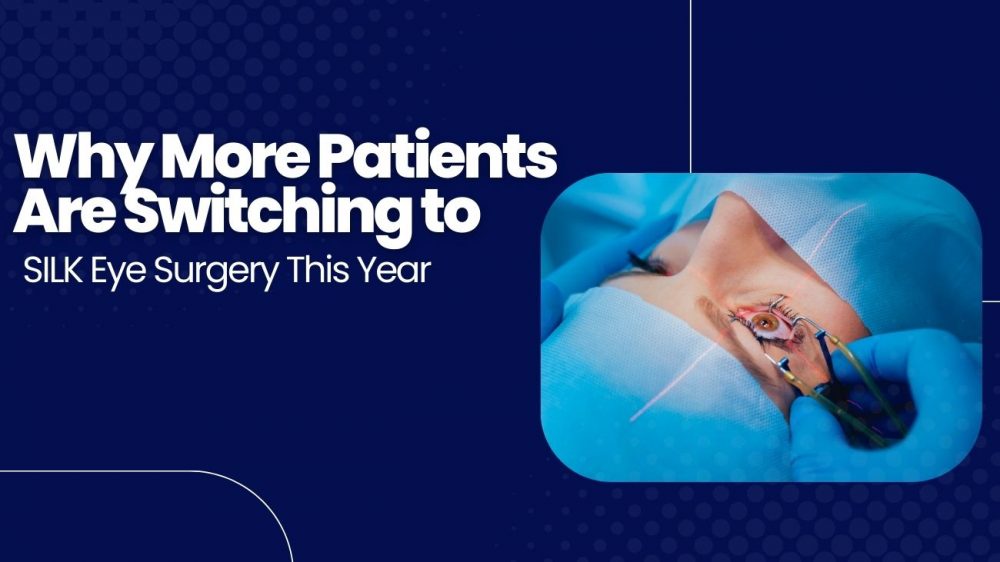
Telehealth is creating a revolution in the manner in which individuals seek substance use disorder treatment. On one hand, there is a dire need for help without delay; on the other, most would probably understandably shy away from publicly appearing before a counselor: hence, much of the in-between area on the clientele-professional spectrum is being bridged by the media.
It has, therefore, made it possible for the highest level of care to be enjoyed right at the patient’s home, eliminating from setup any geographical limitation on rights to treatment, only achievable at times by the sheer glare of the administration in a treatment center. Also, with this revolution going on in mental health clinics in Maryland, more patients are being effectively treated and treated in ways that suitably cater to a contemporary lifestyle. It is a well-recognized shift from where we stand in our fight against addiction on a national basis.
Remote Access Is Changing Substance Use Disorders Treatment
Perhaps the most tangible effect of telehealth on substance use disorder treatment is that it has made it possible to treat individuals in rural and underserved communities. In the past, people who lived far from a mental health clinic were forced to endure lengthy commutes or go entirely without treatment. Telehealth reverses this situation. Consider how their doctors may now see them from anywhere, removing all the hassles of traveling and sick leaves, etc. The higher level of convenience naturally means participants are even more likely to engage, which can certainly enhance continuity of care critical element for long-term recovery success.
Technology Gains Trust Through Continuity and Privacy
Previously, some patients delayed their treatment for fear of stigma or of showing up at a nearby clinic. Now, with online platforms, privacy is easier to maintain, which can help give people newfound confidence to talk on things related to more sensitive topics. At present, the majority of mental health management has encrypted messaging, video check-ins, and mobile monitoring implementations.
These online features keep a constant interaction between caregiver and patient, promoting trust and responsibility. Such frequent interaction is especially important in building motivation and treatment compliance for those with substance use disorders.
Emerging New Models for Substance Use Disorders Treatment
Telehealth has given rise to hybrid treatment systems that meld virtual and on-site processes. These models provide greater flexibility and greater care, particularly for individuals who are trying to keep the recovery process along with working or tending to family matters.
For example, online initial assessments and therapy sessions may be followed up with MAT or group therapy in the face-to-face setting. Mental health clinics are now able to amend care plans quickly according to patient requirements, owing to digital tracking of progress. Such responsive structures offer a more customized experience that adapts to the progress of the individual’s recovery process.
Digital Tools Enhance Provider Collaboration and Care Coordination
Treatment of substance use disorder entails input from a variety of specialists, including therapists, doctors, and case managers. Telehealth system offers a means to streamline communications among providers to facilitate coordination and eliminate care disparities. Interconnectivity among electronic records, real-time communications, or interdisciplinary video conferences allows all parties to stay current and respond immediately to any concerning matter.
Such collaboration minimizes relapse risk and promotes a stable, consistent recovery trajectory. A highly networked care team is particularly important to monitor and deal with co-occurring mental health issues that complicate recovery.
Real-Time Monitoring Enhances Recovery Results
Wearables and mobile apps now enable real-time monitoring of patient activity and health parameters. These technologies can alert to warning signals such as missed appointments, sleep disturbance, or worsening mood, facilitating timely intervention.
Numerous programs connect patients to a mental health clinic immediately via the app, where assistance can be delivered before a crisis arises. This real-time response window facilitates long-term stability and reinforces the success of substance use disorder treatment. Digital feedback loops subsequently assist providers in refining care plans based on actual-world behaviors.
Telehealth Enhances Engagement Among Younger Populations
Considering that another audience consists of younger patients, it is perceived that they prefer communication over the internet compared to face-to-face appointments. Offering telepsych services under this theory, clients tend to appear more often for their sessions, answer texts, and interact with mobile applications.
Uniting the telepractice trend means allowing for more flexibility of hours and interactive tools to maintain interest. If treatment is fitted to how an individual already manages day-to-day life, recovery can more readily be inserted into an enduring routine. This convergence also raises the prospects of timely intervention, which is vital to prevent severe consequences.
The Core Message: Virtual Recovery, Real Change.
The telemedicine industry is not a mere stopgap—the evolution it has set into gear is mutating the very fabric of substance use disorder treatment. By providing fewer barriers to access, greater confidentiality, and seamless cooperation among providers, it is reshaping the way care is given.
As more mental health clinics adopt innovative digital tools, an increasing number of people receive help when and where they need it. This isn’t just about mere convenience; this is about an opportunity for a brighter and more responsive system that meets the patient where they are. Through telehealth, recovery from addiction is being written this day with clarity, connection, and consistency.







